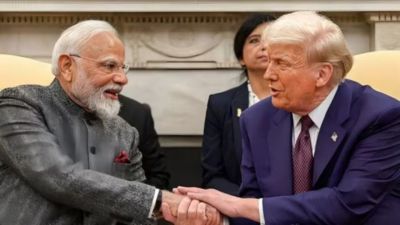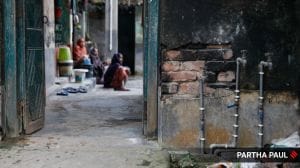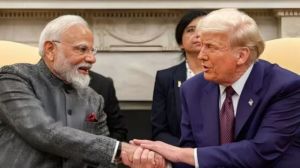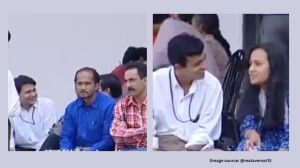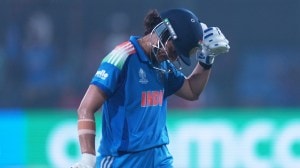CCPA proposal: Keep 13 lakh voters per seat
To circumvent the recommendations of the Justice Kuldip Singh Delimitation Commission and effectively put them on hold, the Cabinet Committee on...

To circumvent the recommendations of the Justice Kuldip Singh Delimitation Commission and effectively put them on hold, the Cabinet Committee on Political Affairs (CCPA) is considering a slew of proposals offered by the Committee of Secretaries for increasing the total number of Lok Sabha seats to 782 — an average of 13 lakh voters per seat — ostensibly to factor in the 2001 Census.
The proposals were presented to the CCPA on September 13 by Law Secretary T K Vishwanathan. This came after the CCPA asked the Committee of Secretaries (CoS), including Cabinet Secretary K M Chandrashekhar and Home Secretary Madhukar Gupta, to find a way to make the Lok Sabha representative of a population that has grown from 54 crore (1951 census) to 110 crore (2001 Census). Key allies Laloo Prasad Yadav, Sharad Pawar and TR Baalu attended the meeting.
The key CoS proposals:
Even though the electorate per seat was 9 lakh in 1951 and has now increased to 19 lakh per Lok Sabha constituency, the CoS has come up with the average of 13 lakh per constituency.
This move is aimed at harmonizing the electorate in each constituency rather than face the present anomaly where Chandni Chowk seat, for example, has an electorate of 3.6 lakh as compared to 2.82 million in the Outer Delhi constituency.
The figure of increase of more than 200 seats comes from dividing the population by the average electorate without changing the ratio of seats between existing states.
This means that the increase in seats statewise will be in proportion to their existing strength.
Government sources confirmed that any move will involve a Constitutional amendment to first rollback the freeze on Lok Sabha seats until 2026 (done in 2000).





- 01
- 02
- 03
- 04
- 05


